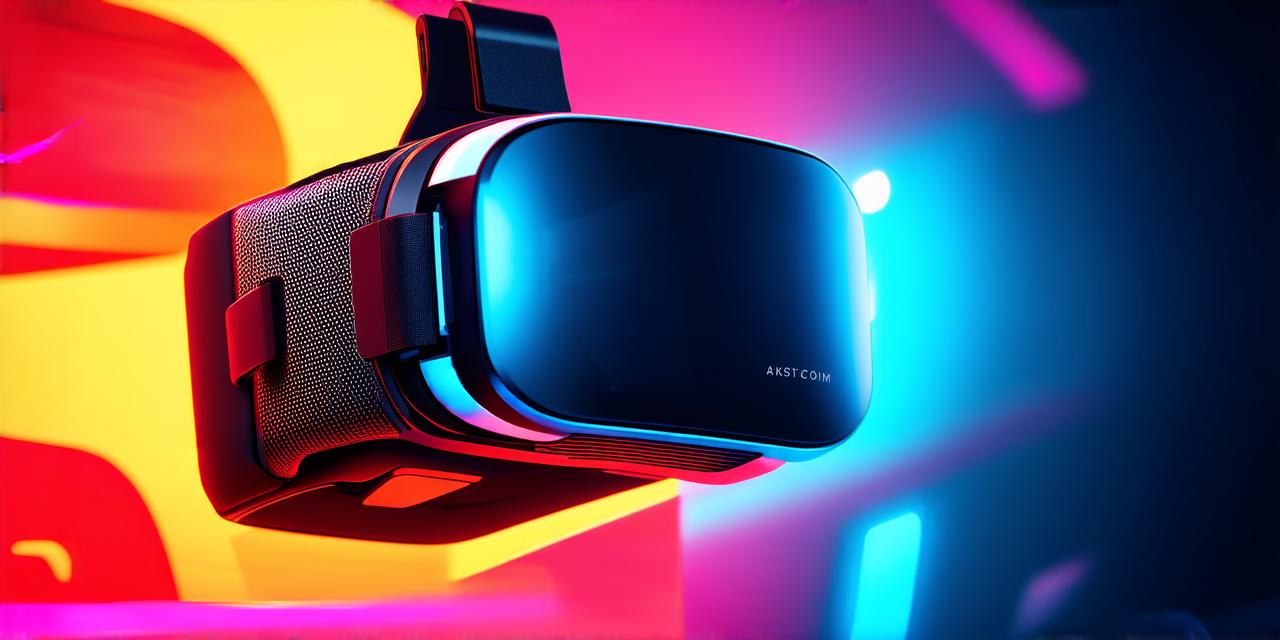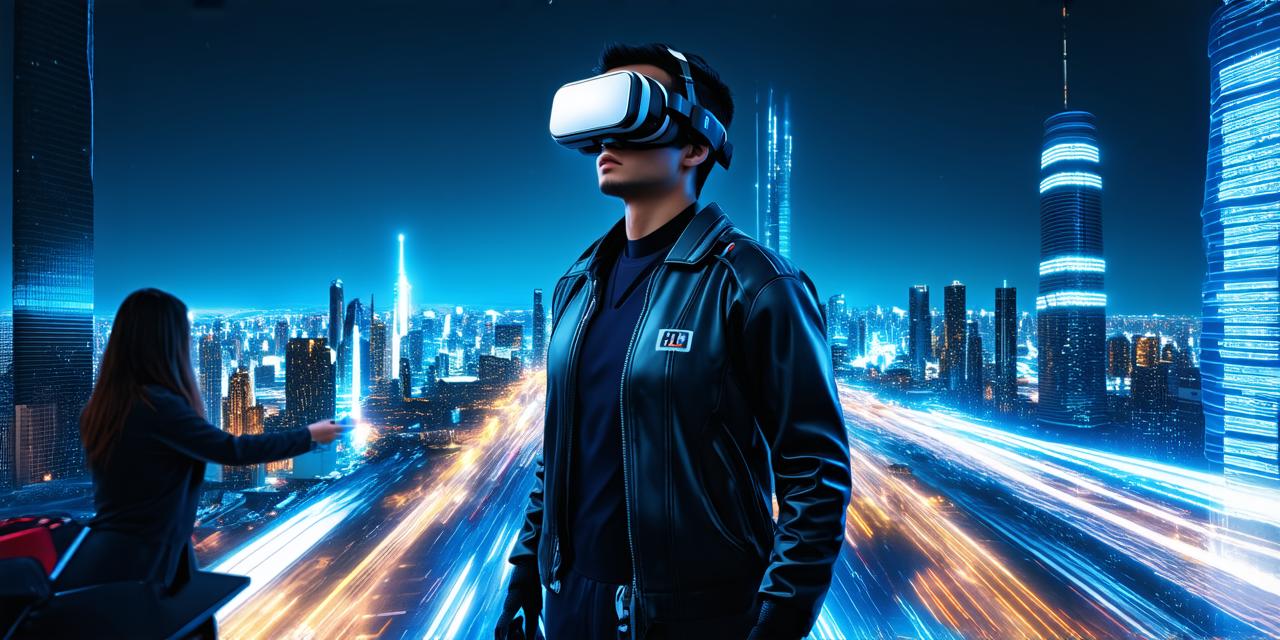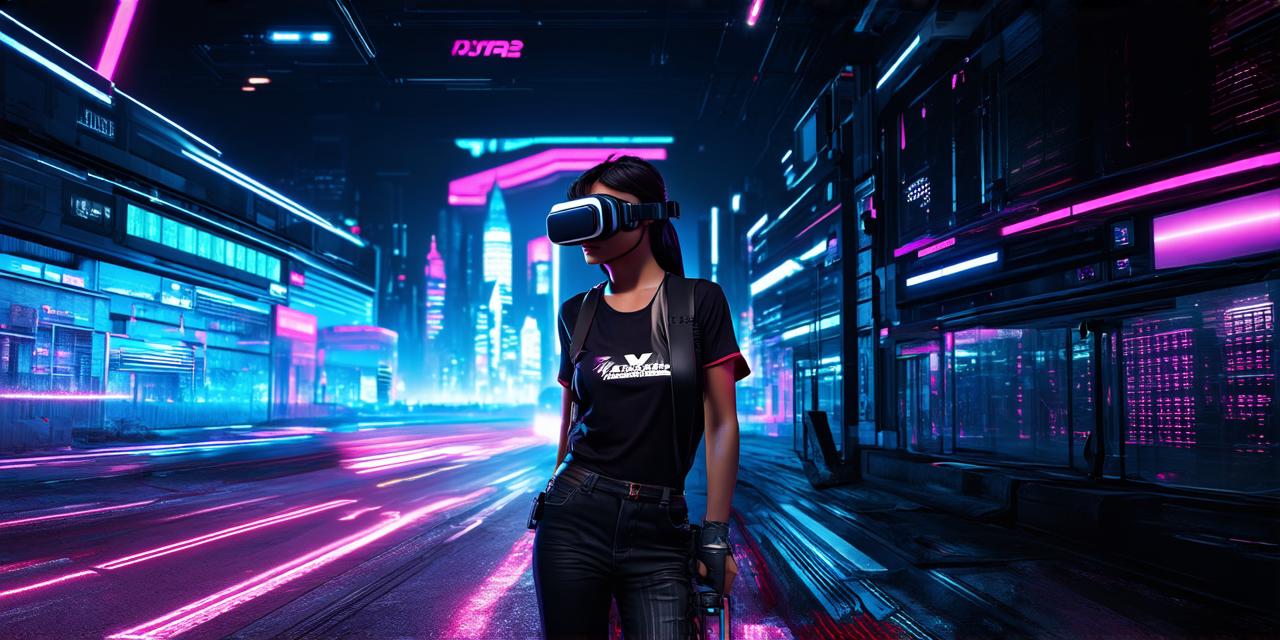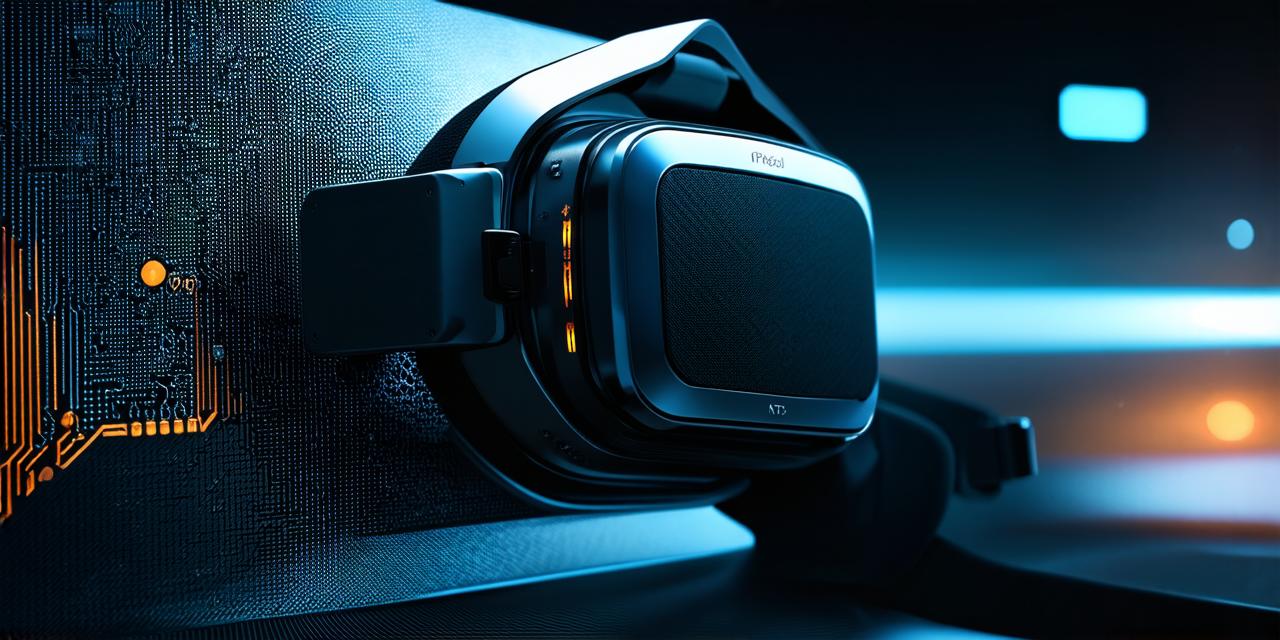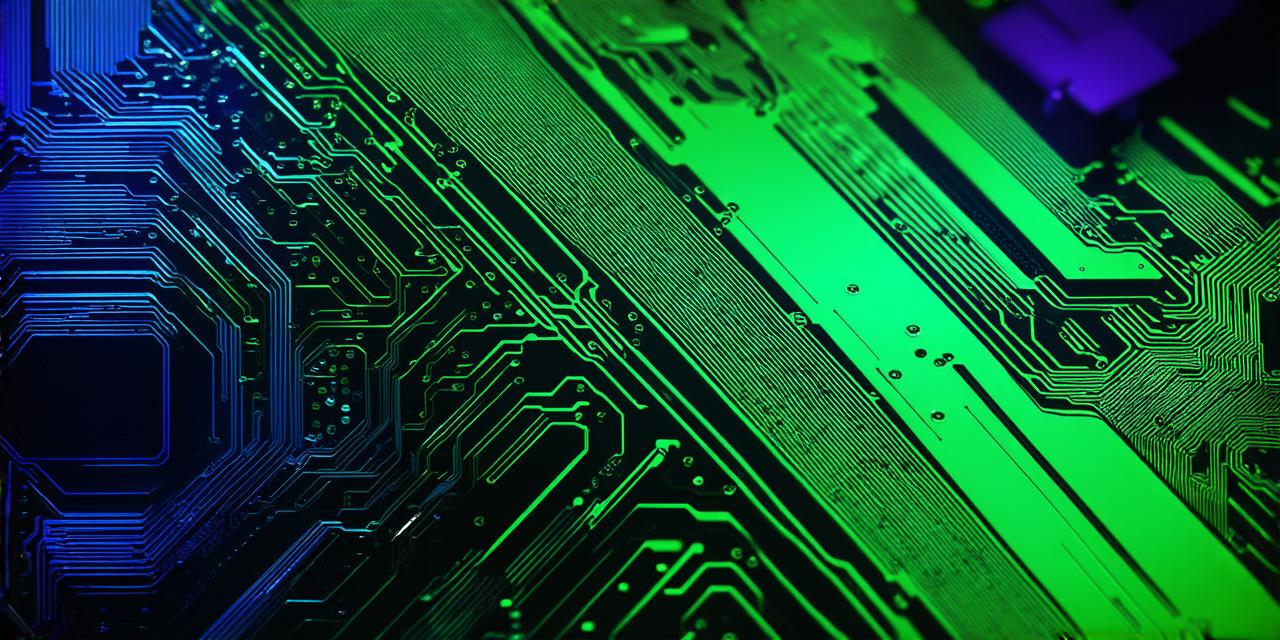Virtual reality (VR) technology has been around for decades, but it’s only in the last few years that it has started to gain widespread adoption. With advancements in hardware and software, VR is now being used in a variety of industries, from gaming and entertainment to education and healthcare.
In this article, we will explore how virtual reality is currently being utilized and what AR developers can learn from these applications.
Virtual Reality in Gaming
Gaming has always been one of the most popular use cases for VR technology. With a head-mounted display (HMD) and motion tracking sensors, players can fully immerse themselves in a game world and interact with it in ways that were previously impossible.
This has led to some truly innovative gaming experiences, such as the wildly popular “Beat Saber” game, which uses VR to create an immersive music experience.
Virtual Reality in Education
Virtual reality is also being used in education to provide students with immersive learning experiences. For example, medical students can use VR simulations to practice surgeries and other procedures, while history students can virtually walk through ancient civilizations and explore artifacts.
This technology has the potential to revolutionize the way we teach and learn, making it more interactive and engaging than ever before.
Virtual Reality in Healthcare
In healthcare, VR is being used to treat a variety of conditions, from post-traumatic stress disorder (PTSD) to chronic pain. By creating realistic simulations of triggering events or physical sensations, VR therapy can help patients overcome their fears and manage their symptoms.
This technology also has the potential to improve surgical outcomes by allowing doctors to practice procedures in a safe and controlled environment before performing them on real patients.
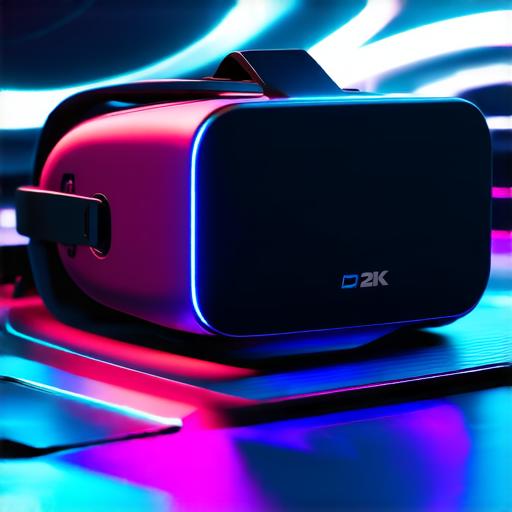
Virtual Reality in Training
Virtual reality is also being used for training purposes in industries such as aviation, military, and manufacturing. By simulating real-world scenarios, VR can provide trainees with a safe and cost-effective way to learn new skills and improve their performance.
This technology has the potential to revolutionize the way we train and develop our workforce, making it more efficient and effective than ever before.
Virtual Reality in Tourism
Finally, virtual reality is being used in tourism to provide travelers with immersive experiences that they can’t get anywhere else. For example, visitors to the Great Barrier Reef can use VR headsets to explore the underwater world and see the vibrant coral and marine life up close.
This technology has the potential to transform the way we experience travel and make it more accessible and affordable for everyone.
In conclusion, virtual reality is currently being utilized in a variety of industries and applications, from gaming and entertainment to education and healthcare. AR developers can learn from these applications by exploring the ways in which VR technology can be used to create immersive and interactive experiences that engage users and enhance their learning or training experience. As the technology continues to evolve, we can expect to see even more innovative uses of virtual reality in the future.
